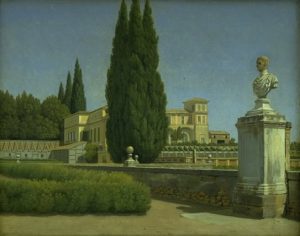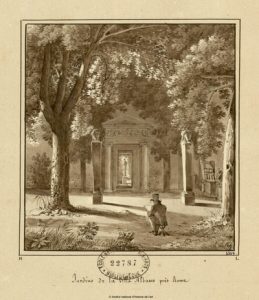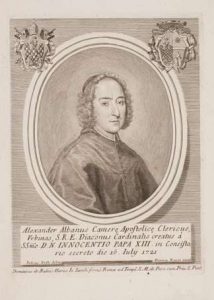Longing for what we have lost 1.2
Winckelmann’s journey into the classical past
Life in Rome

Winckelmann overcame further obstacles on his pilgrimmage to Rome.
The court at Dresden, which was to be his stepping stone to the Eternal

He saw his wishes fulfilled, his happiness assured, his hopes more than satisfied. He saw his ideas in corporeal form around him as he wandered in amazement through the ruins of a gigantic age.[1]

Rome allowed Winckelmann to pursue his aspirations among the artefacts of antiquity. He assisted Albani in decorating his villa with genuine antiquities and new works and befriended Anton Raphael Mengs, the neoclassical painter to whom he dedicated his most famous work, History of the Art of Antiquity (1764).

[1] Goethe 1805, 244 (German aesthetic and literary criticism: Goethe)
→ 1.3. Death in Trieste
